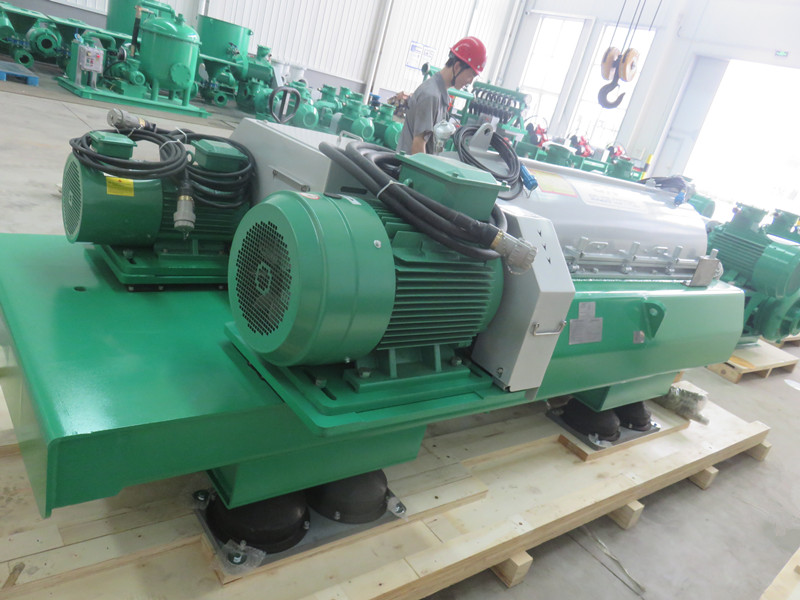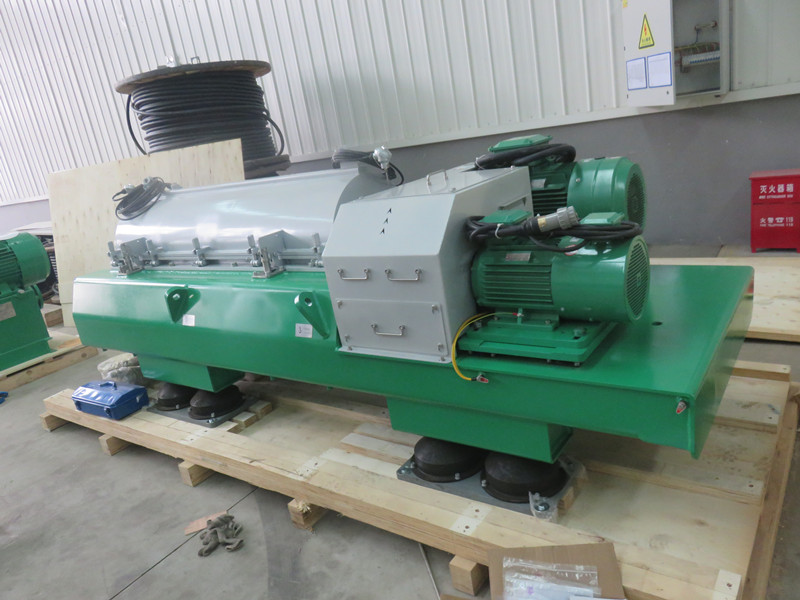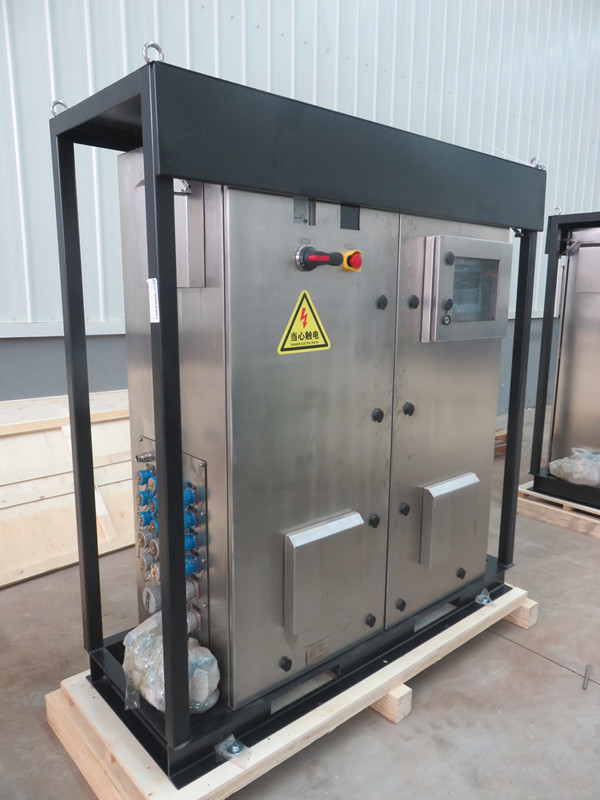
- Details
-
Published: 07 September 2025
GN Separation has recently finished factory testing on two sets of GNLW364-VFD decanter centrifuges. These units are now en route to an overseas environmental company, where they will be deployed in municipal sludge dewatering projects.
Decanter Centrifuges: A Modern Solution for Sludge Treatment
Decanter centrifuges play a crucial role in wastewater treatment and sludge management. Their key advantage lies in the ability to efficiently separate solids from liquids under strong centrifugal forces. Unlike traditional methods such as belt presses or filter presses, decanter centrifuges operate continuously. This continuous operation not only cuts down on labor costs but also enhances the stability of the entire process.

Key Applications in Sludge Dewatering
1. Municipal Wastewater Treatment
Decanter centrifuges are highly effective at reducing the moisture content of municipal sludge. They can bring it down from roughly 98% to a range of 75 - 85%. This reduction is of utmost importance for cost-effective landfilling, incineration, or resource recovery. For example, GN Separation's GNLW364 series has already been put into use in municipal plants in the Middle East and Europe. Its high throughput and compact design help optimize the layout of these plants.
2. Industrial Sludge Handling
In industries like petrochemicals, textiles, and food processing, the sludge often contains hazardous substances, such as heavy metals or organic pollutants. GN Separation's centrifuges are well - equipped to handle such challenges. They are fitted with corrosion - resistant materials, including SS2205 duplex stainless steel and tungsten carbide - lined components, ensuring durability even in harsh and aggressive environments.

Features of GN Separation's Decanter Centrifuges
1. Triple Variable - Frequency Control System
Conventional centrifuges usually have fixed parameters. In contrast, GN's dewatering centrifuge utilizes three independent variable - frequency drives for the bowl, differential screw, and feed pump. This setup allows for real - time adjustments, providing greater flexibility and control over the dewatering process.
2. Material Science Innovations
- Bowl Construction: The bowl is made of centrifugally cast SS2305 duplex stainless steel. This material offers higher corrosion resistance compared to standard 304 steel, which extends the service life of the centrifuge, especially in chloride - rich environments.
- Screw Conveyor: The base of the screw conveyor is made of 316L stainless steel, and it is laser - clad with tungsten carbide tiles. This combination results in a low wear rate, effectively doubling the maintenance intervals compared to conventional designs.
3. Smart Monitoring and Safety
The centrifuge features an integrated HDMI - touchscreen PLC interface. This interface provides real - time data on crucial parameters such as vibration, temperature, and torque. Additionally, it can issue predictive maintenance alerts, helping to prevent potential issues before they cause significant problems.
4. Customization for Global Challenges
GN Separation's engineering team works closely with clients to develop tailored solutions. For instance, the 4:1 length - to - diameter ratio is crucial for achieving low moisture content in sludge. Moreover, explosion - proof variants are available, enabling safe operation in oil and gas projects.

Global Recognition and Future Prospects
As the two GNLW364 - VFD units set off on their overseas journey, GN Separation further solidifies its position as a global leader in separation technology. The company continues to drive innovation while keeping sustainability at the core of its operations, paving the way for a more efficient and environmentally friendly future in sludge dewatering.